Tomatoes are one of the most popular and versatile fruits in the world. They come in many shapes, sizes, colors, and flavors, from tiny cherry tomatoes to huge beefsteak tomatoes, from red to yellow to green to purple. Rich in vitamin C, potassium, lycopene, and antioxidants, tomatoes are delicious and nutritious. They can boost your immune system and protect your cells from damage.
To grow perfectly ripe, juicy tomatoes, don’t worry if you don’t have a spacious backyard garden. By using some large containers, and providing them with sunlight, fertilizer, and water, you have the ability to plant and cultivate any variety of tomatoes on your deck, patio, or balcony.
1. Choosing Tomato Types
When planting tomatoes in pots, selecting the right tomato variety is crucial. Determinate varieties are a good choice for containers because they grow to a manageable size (usually 2-4 feet) and produce fruit relatively quickly. Popular determinate varieties include Patio Princess, Bush Early Girl, and Tiny Tim.
If you have a larger container or want to try indeterminate types, look for compact or dwarf indeterminate varieties like Balcony, Tumbling Tom, or Small Fry. These tomatoes typically reach around 3-5 feet and can be staked or supported.
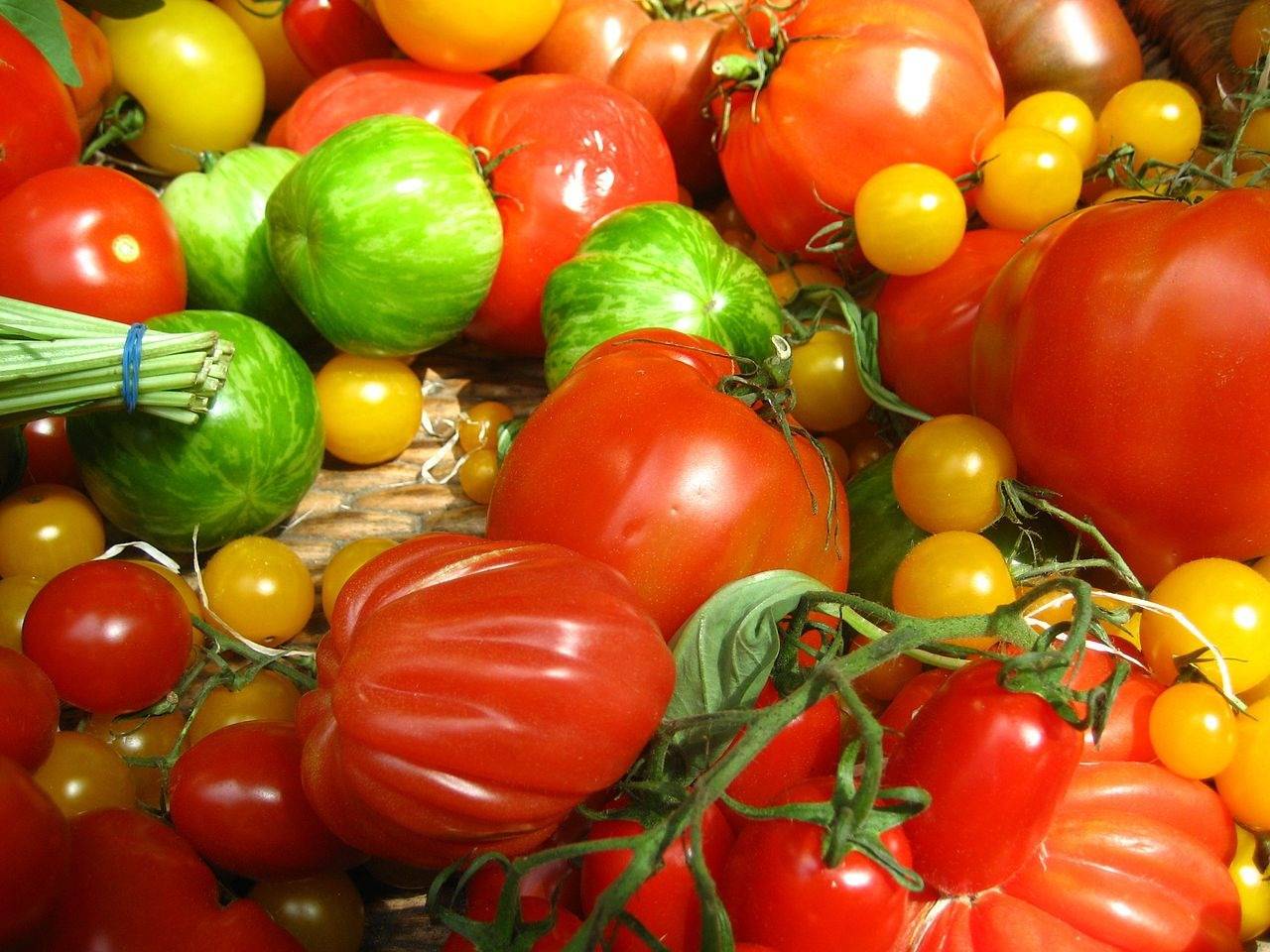
2. Planting Tomatoes In Containers
First, you need to choose a large container (at least 5 gallons) with drainage holes to prevent waterlogged roots. Ensure it’s made of sturdy material like plastic or ceramic.
Then, use a high-quality potting mix that is well-draining and rich in organic matter. Avoid garden soil, as it can compact in containers.
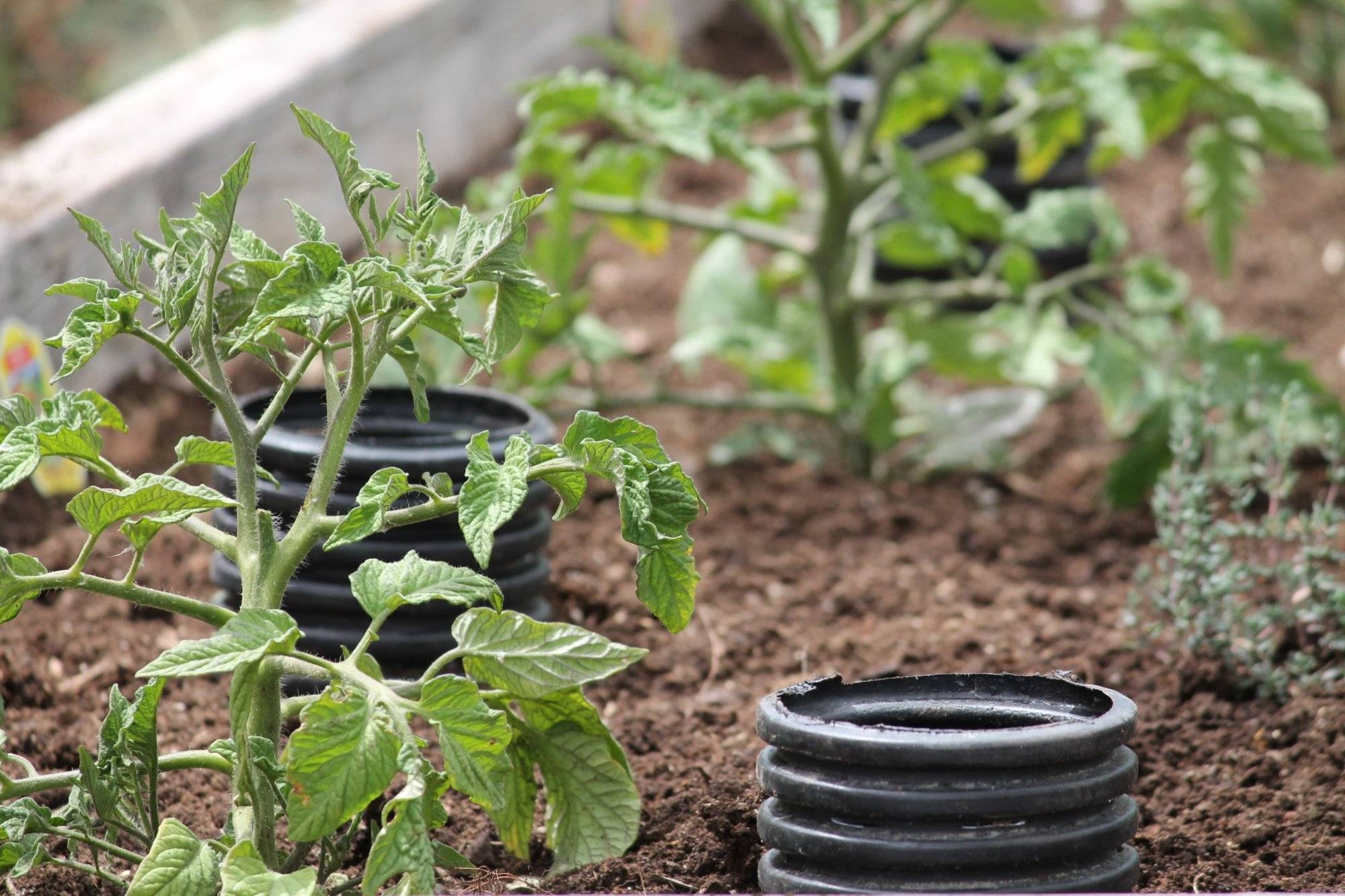
Fill the container with potting mix, leaving about 2 inches from the top. Dig a hole deep enough to accommodate the tomato seedling, and place the plant in it. Gently firm the soil around the plant. If planting multiple tomato plants in one container, ensure they’re spaced about 2 feet apart for proper growth.
3. Caring For Tomatoes
Tomatoes require at least 6-8 hours of full sun every day to be healthy and produce fruits. They also like warm temperatures between 65°F and 85°F. If you start your tomatoes from seeds indoors, you should use artificial lights or a sunny window to provide enough light for the seedlings.
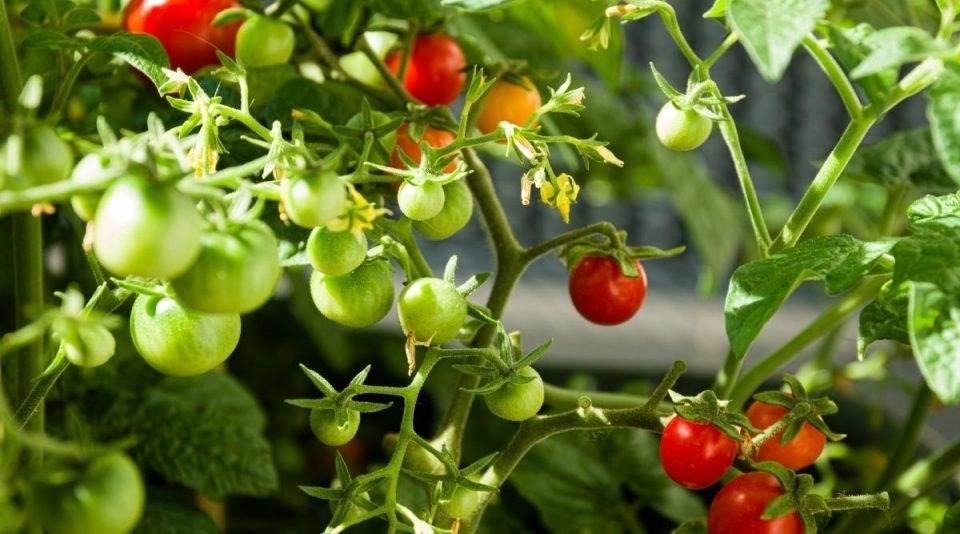
Tomatoes should be watered regularly to avoid cracking, blossom end-rot, and other diseases. You should water your plants deeply at the base, avoiding wetting the leaves, and keep the soil moist but not soggy. A good rule of thumb is to water your plants once or twice a week, depending on the weather and soil conditions. You can also use mulch around your plants to conserve moisture and prevent weeds.
Prune and stake are also essential. Pruning involves removing some of the leaves and branches that are not producing fruit or that are blocking air circulation. Staking involves supporting your plants with cages, trellises, or stakes to keep them upright and prevent them from sprawling on the ground. Pruning and staking are more important for indeterminate or vining tomatoes than for determinate or bushy tomatoes.
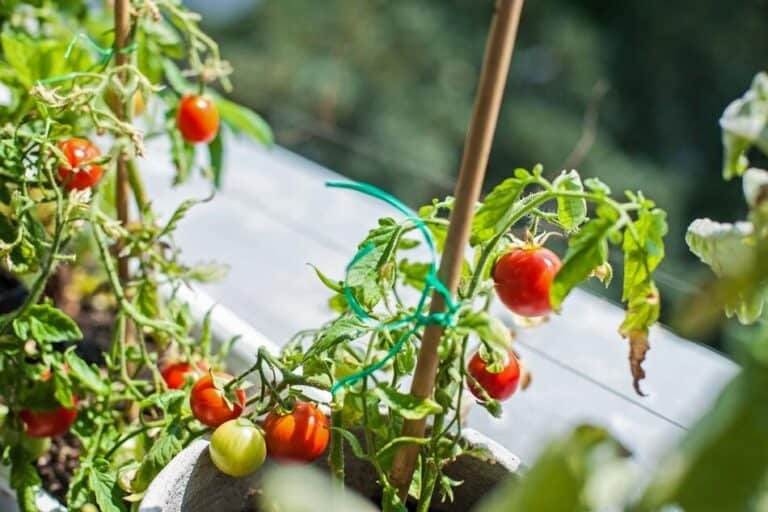
Additionally, keep an eye out for common tomato pests like aphids and hornworms. Use organic pest control methods when needed. Also, watch for signs of diseases like blight and treat promptly.
4. Harvest At The Right Time
Tomatoes are ready for harvest when they reach their full color (red, yellow, orange, etc.) and are firm but not hard to the touch. You can pick them by gently twisting them off the vine or by using scissors or a knife to cut them off. You should harvest your tomatoes regularly to encourage more fruit production and prevent overripening or rotting on the plant. You can store your tomatoes at room temperature away from direct sunlight until you are ready to use them.
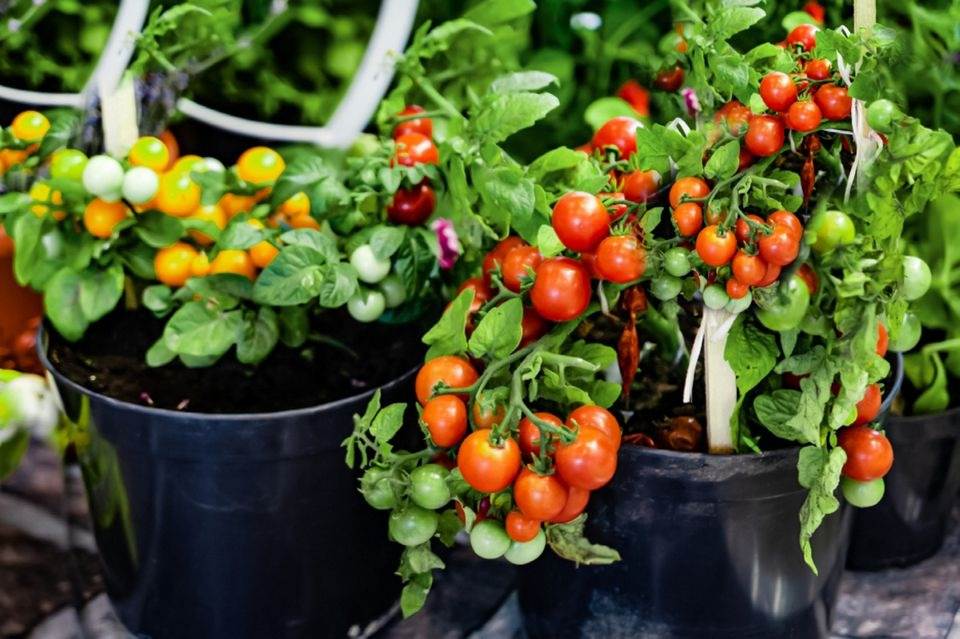
Tomatoes are wonderful plants to grow in your garden. They can provide you with fresh and tasty fruits that you can use in many dishes. We hope that with our advice and tips, plus with your care and attention, your tomatoes will thrive and produce well.
